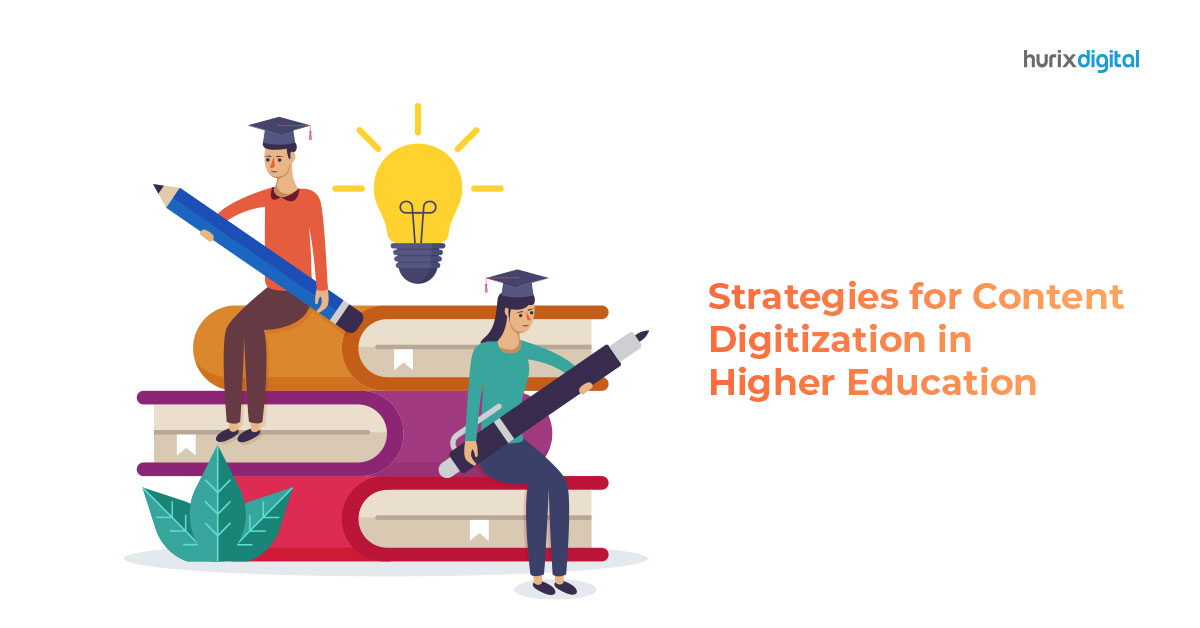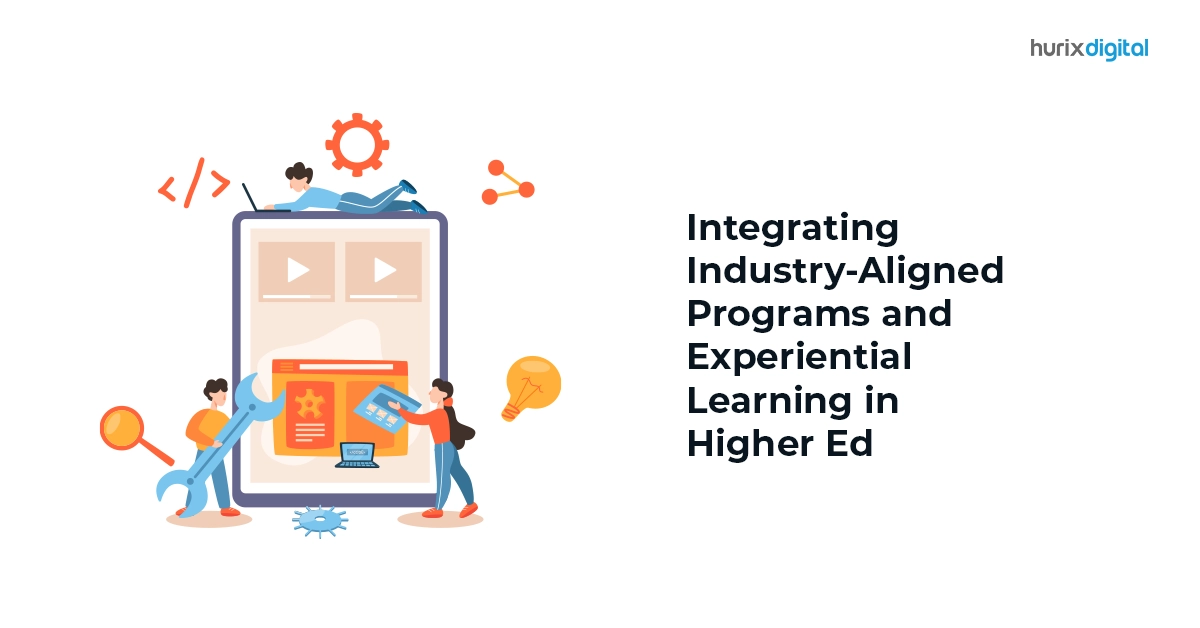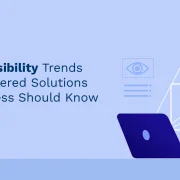
Strategies for Content Digitization in Higher Education
Summary
Explore key strategies for digitizing content in higher education, focusing on the benefits of digital transformation for both educators and students.
Since the pandemic, a large number of educational institutions and startups shifted to a digital basis. A study projects the ed-tech industry to reach a value of more than $319 billion by 2029. With digital content becoming the new normal, higher education providers are looking for innovative ways to create and present their online content.
Educational technology is constantly evolving, and there are different kinds of platforms available for presenting digital content. Digital content tools offer an array of options for higher education institutes. Given the variety, it’s important to keep the content consistent and organized strategically.
This is why educational institutes need to come up with strategies for digitizing their educational content.
Table of Contents:
Steps to Strategize Digital Content
Here are the key steps involved in strategizing digital content for higher education.
-
Define What Content You Need
The primary step in your digital content strategy is determining the content you need. Conduct user research and explore competitors’ content to get a better understanding of what your main content will be.
Consider what information students need to know, what they are looking for, and what you have to provide.
-
Take Stock of Your Existing Content
Audit your existing content resources to get a better sense of which areas you need to add more content. Improve your existing content to make it more digitally appealing.
Identify gaps in your content resources and compare your available content to user research results to find what information can be added to existing pages.
-
Make Your Content Easy to Access
This helps students, parents, businesses, and education professionals find the content they seek.
Make your website and web pages easy to navigate and incorporate SEO to make it more attuned to common search queries.
-
Outline Your Content Goals
Consider what you are hoping to achieve with the content. What are the institutional goals and priorities that the content will align with?
This is key to developing a content strategy because it allows you to have a clear target to gear your content towards.
-
Establish Your Audience
Determine who your target audience is: who are the primary users that your institute is communicating with, and why?
You can also consider secondary or tertiary audiences. Once you establish who your audience is, you can streamline your content toward them.
-
Identify Your Message
Identify what you want to communicate as an institution or organization. Clarify what it is that you want people to understand and what information users are seeking.
Once you are clear about the scope of your content, you can establish a process for content digitization. This would include creating, publishing, and optimizing your content.
Key Factors in Content Digitization
Here are some of the key factors to consider when strategizing digital content.
-
Presentation
How you present your content is as important as the substance of the content. Once you are clear about your target audience and your primary content, you can find the best ways to present the digital content.
Whether it’s website content or course material, presentation plays an important role in how users receive and perceive the content. It also makes it more accessible.
For example, tasks, assignments, and reading materials should be presented in the same format and should be easy to access on the e-learning platform.
-
Content Structure
Course creators often have to fit large amounts of material into a single online course. This can make the learning material less engaging and inviting for students.
To make it user-friendly and accessible, course creators should ensure the content has a clear structure. The course should be divided into modules or segments, and each module should follow a similar and consistent structure.
You can also incorporate microlearning into your content digitization strategy. Microlearning is a strategy for e-learning content development where content is delivered in small, bite-sized units with a concise structure.
This is very effective as a learning technique because it prevents learners from having to grapple with large amounts of information in one go. It boosts learner engagement, makes course material more accessible, and improves knowledge retention.
-
Publishing
Where and how you publish is as important as what you publish. Finding the right publishing process for your digital content involves coordinating publishing with workflows to minimize gaps and inefficiencies. It also involves finding the right learning management systems and online platforms for your courses.
When deciding this, it’s a good idea to keep in mind the technology that a platform or LMS would need to meet your digital content requirements and the compatibility of content published with different devices.
-
Planning and Management
Determine how the content is planned, created, and managed and delineate roles and responsibilities for each stage of the content cycle. Establish a clear workflow for the process of creating, approving, and publishing different kinds of content.
-
Standards and Style
Set out standards and editorial guidelines for content published. These standards and guidelines could include factors like style, branding, and accessibility of digital content.
-
Personalize the Content
Personalizing content could include offering different choices and learning paths for students. This allows the course to cater to diverse learner needs, specific user preferences, and different levels of knowledge on a subject.
-
Incorporate Multimedia Content
One of the best features of content digitization is that there is scope for delivering content in many different ways. Using multimedia content like video and audio material can enhance the learning experience and make for more engaging and interactive course content.
-
Gamification
Adding game elements to educational content makes it more interactive, participative, and engaging. The global market for gamification strategies is projected to reach $58.8 billion by 2028, with education emerging as the top segment.
Game elements could include points, rewards, and leaderboards. You could also add story elements to a course, and challenges, and present learners with a scenario with branching options.
Summing Up
A clear strategy for content digitization can help you create, publish, and manage content better. It can also help you optimize your content based on your goals and target audience.
Hurix offers educational content development programs and instructional design services for higher education institutes. It creates learning experiences with different features like videos, scenarios, micro-learning, and gamification.
Get in touch with us today to revolutionize your content digitization!
Also Read – How to Enable Business Growth with Content Digitization

Passionate about developing innovative business models for customers in the content space. Primarily focused on the markets: US, UK, Europe, Middle East and APAC with 18 years of experience. Focused on collaborative working with internal teams such as Technology, Operations, Finance, and Marketing to ensure the voice of the customer is in everything that the company builds.








